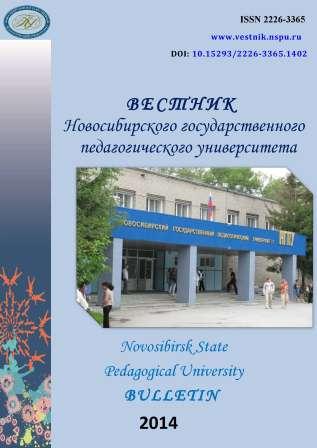ТРАНССИБ КАК ВЕДУЩИЙ ЕВРО-АЗИАТСКИЙ МЕЖДУНАРОДНЫЙ ТРАНСПОРТНЫЙ КОРИДОР НА ТЕРРИТОРИИ РОССИИ
TRANS-SIBERIAN RAILWAY AS A LEADING EURO-ASIAN INTERNATIONAL RAIL NETWORK ON THE TERRITORY OF THE RUSSIAN FEDERATION
Author(s): Nadezhda Nikolaevna PonomarevaSubject(s): History
Published by: Новосибирский государственный педагогический университет
Keywords: globalization; international transportation network; geo-economic direction Europe-Asia-Pacific region; Trans-Siberian Railway; Trans-Siberian Railway–2; international freight traffics; international transit container transport; reconstruction
Summary/Abstract: This study aimed to investigate the need of formation of the international transportation network in the conditions of increase of globalization of the world economy. It was determined that the concentration of the international freight traffics greatest in the world in the territory of Eurasia, especially on the geo-economics direction Europe – the Asia-Pacific region. The shortest and safe way is a transportation of freights through Russia. So, the conduct-ing place in a state policy of Russia on formation of the ITN is taken by the Trans-Siberian Rail-way. The possibilities of Trans-Siberian Railway in ensuring the international transit container transportation as an alternative to traditional sea route around Africa across the Suez Canal. According to this some other routes are characterized as a outlet of Trans-Siberian Railway to the foreign countries: to the EU-countries in the west, includes a prospective expansion of the railway track from Kosice (Slovakia) to Vena (Austria), and in the east – railways to Kazakh-stan, Mongolia, China and Korean Peninsula with already furbished sector of two kinds of the railway track from Khasan – Tumangan to the port Rajin. The possibilities of increasing uses of Trans-Siberian Railway through the geography of freight traffics, especially of containers from Japan are discussed in this article. Also the main directions of development of redistributed cargo transportation between Trans-Siberian Railway and Baikal-Amur Route for increasing the effectiveness of using the TSR as European-Asia in-ternational transportation route are shown. From one side, the attention focuses on other com-petitive advantages of TSR; from the other side – on the “narrow spaces” which will be exclud-ed after the reconstruction and additional construction of some new sectors, also with a optimi-zation of functioning of all the of freight traffic chain.
Journal: Вестник Новосибирского государственного педагогического университета
- Issue Year: 2014
- Issue No: 4
- Page Range: 57-65
- Page Count: 9
- Language: Russian

